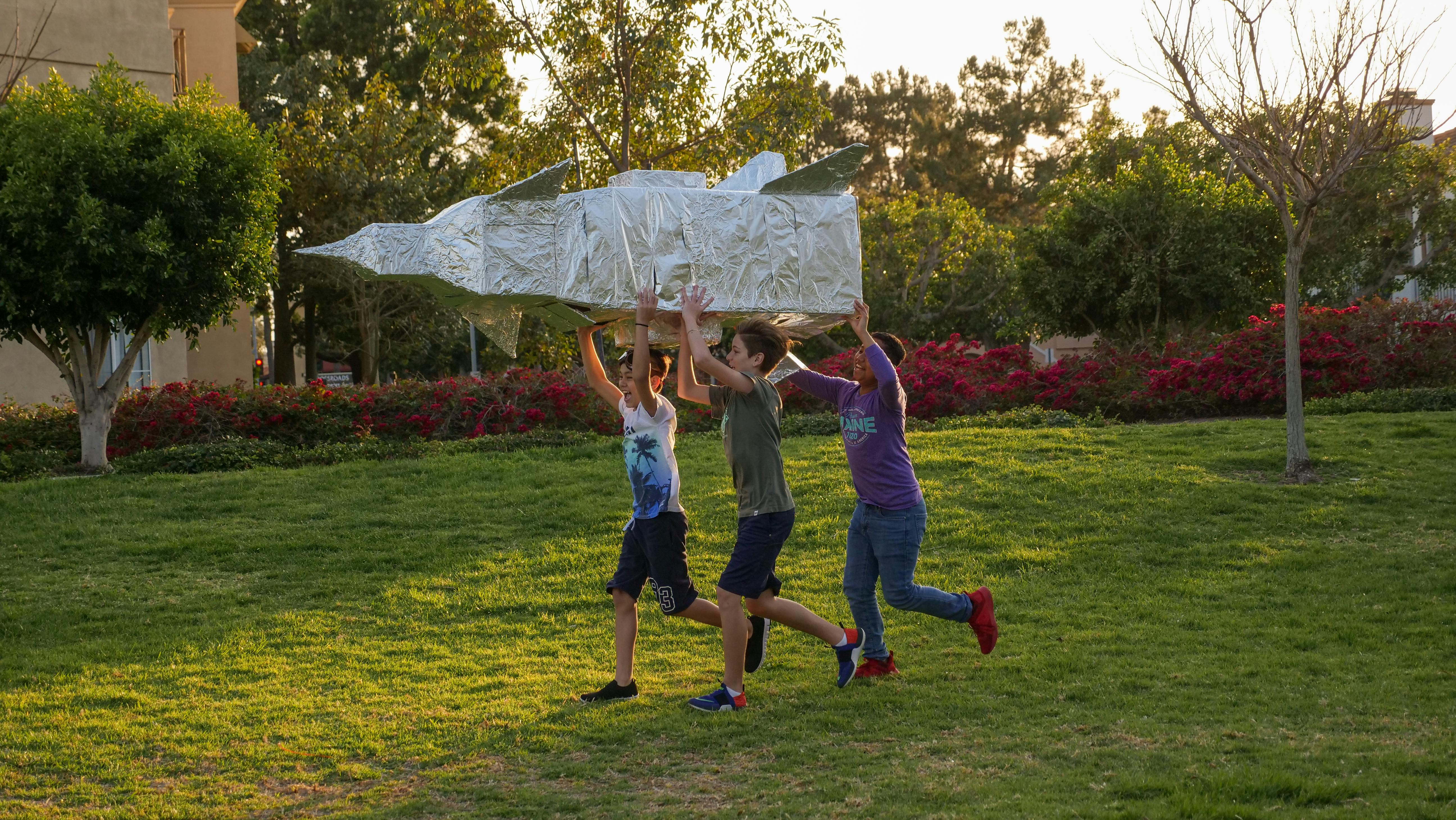greeting, complexity
Sabaidee is the word of greeting between people. This ‘we’re comfortable’ statement is used constantly with each other and towards strangers out of curiosity, courtesy and to reassure you. Build bridges instantly.
Meal times and weather create variations that reflect one’s immediate concern and sympathy. Breakfast, lunch and dinner: the time arrives with the precision of a clock and people will not greet you with sabaidee, but will ask you the immediate question: gkin khao le yang? This question “have you eaten rice yet?” it is done out of concern for your well-being. When they eat, they will say gkin khao, ‘eat rice’, to politely advise you not to be disturbed while at the same time gesturing with their hands to invite you to join them, ghin khao! There is nothing more important at this very moment in eternity, and no one else should go hungry either. The large basket full of sticky rice will always feed a mouth or two.
The otherwise happy Sabaidee is also replaced when one takes out their frustration and anger on the weather. Frostbite of the toes is treated with the solicitous question ‘nao boh? Are you cold?’ while melted asphalt is commented on with the faint exclamation ‘HAWN! HOT!’ and pouring, torrential rain is dismissed with the definitive statement ‘fon Tok – it rains’. Other than that, it’s sabai all the way.
The formal title to address a person is tan for a man and tan nang for a woman. Men and women, women and women, nod to each other. Men shake hands with everyone, both upon arrival and departure, even if it is a large group or dinner. If you don’t know most of the people present, a measured succession of nods in everyone’s direction will suffice. A nod is above a handshake.
A person is addressed by their given name or, in most cases, by a nickname or abbreviation of the given name. Tan or tan nang is placed in front of the name or used only if you don’t know the name or can’t remember it. Use honorific titles where appropriate, such as mo (physician), chao kwaen (governor), etc.
At any crime scene reported in the Bangkok Post, nicknames are given most of the time because no one knows anyone’s real name. This poses a bit of a problem with all the Nit, Nong, Noi, Lek, Oy, Ying, Chai, Sak, Thep, Yai, Dam, Tim, Toui, Daeng, Mai, Vanh appearing in casual conversation; add an identifier such as a city, job, company, husband’s name, hobby, Lao-French/American/Australian, fat-thin-tall-light-dark, glasses, or make of car for clarification.
By the way, the people of Laos have a phenomenal memory for names. Not me, it’s too embarrassing.
Referring to your friends’ parents is quite easy, call them poh Lek for ‘Lek’s father’ and mae Nit for ‘Nit’s mother’ or poh-mae… for ‘parents of…’. Addressing them directly as poh and mae is intimate and very courteous at the same time. It shows the extra respect traditionally accorded to those, regardless of their social status, who have had children.
A less formal and closer relationship requires some diplomatic dance steps. You have to find out who is older for that person to be correctly called big brother or big sister by adding aie or oeuy respectively to the person’s name. You could also use aie or oeuy for short. This is ritually fulfilled in all its Confucian feudal significance. Expresses the respect due to an older person in Asian societies. The term for younger brother or sister is nong, but it is rarely used, except sometimes for young children.
Older sister oeuy and younger sister nong sao: well, I assure you that the oeuy certainly takes advantage of her position as an older sister, and she may only be 15 years old. She orders her younger sister(s) to go get a Pepsi from the fridge or to take the phone within her reach.




